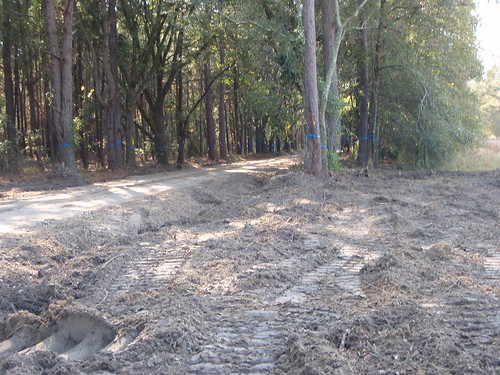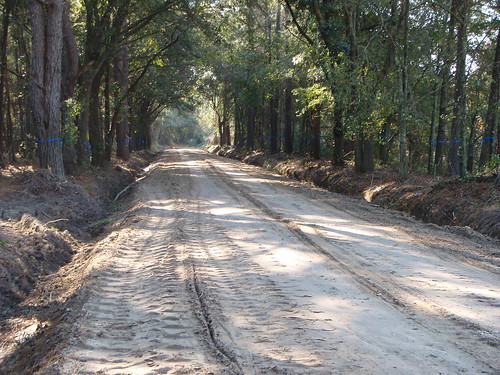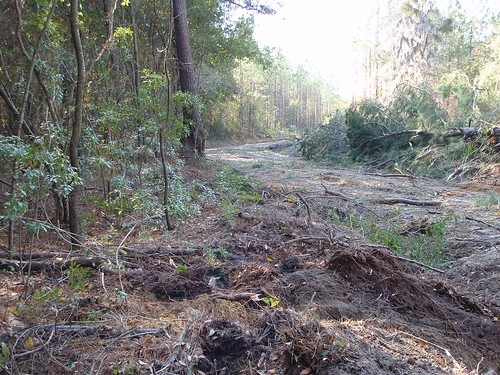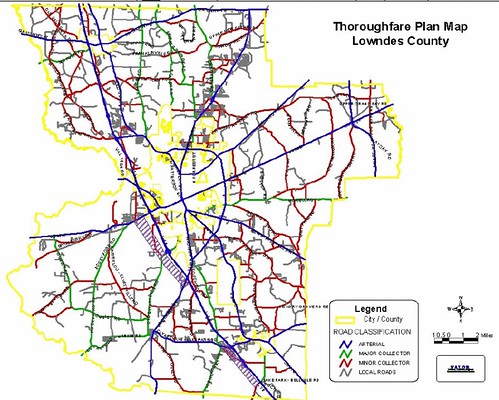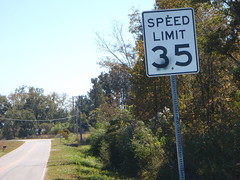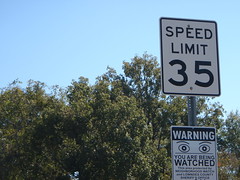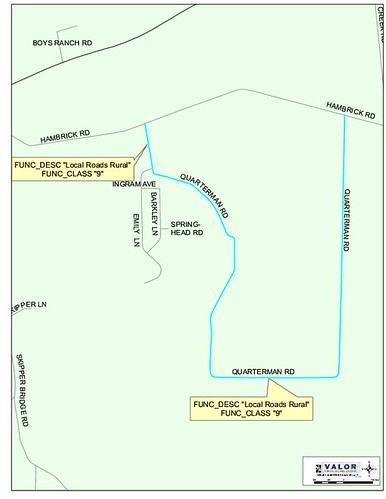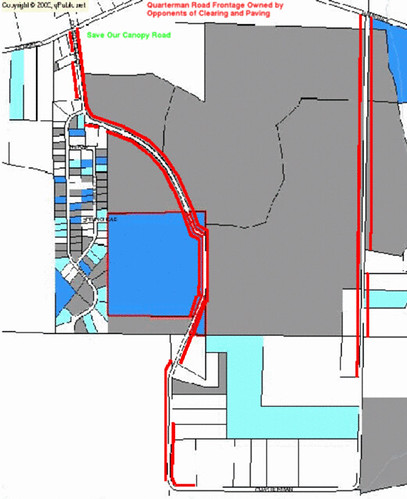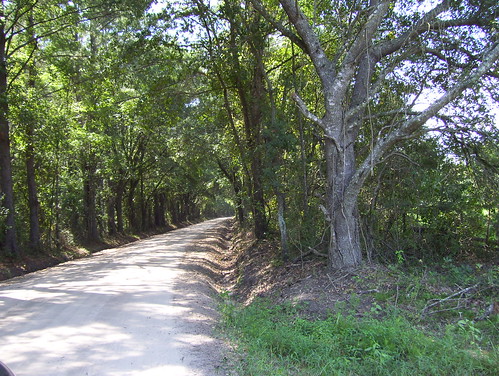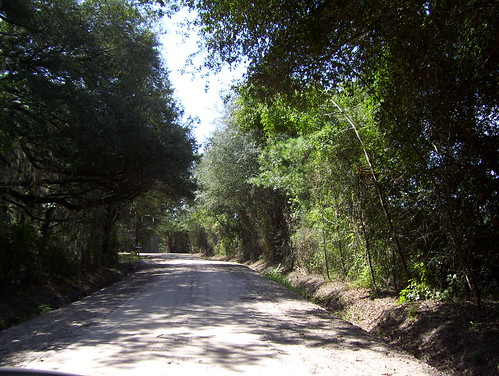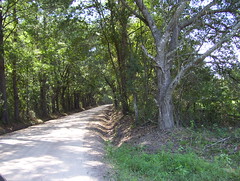
Before |
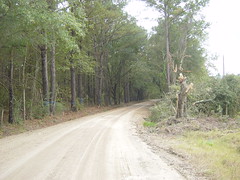
After |

Now |
|---|
What looks like a plowed field is where those oaks used to be.
Now don’t get me wrong. The entire canopy is on the right of way the county owns, and, as I’ve said numerous times in public County Commission meetings, I do appreciate the county saving at least some part of the canopy, and I especially appreciate the Commissioners literally going out of their way on Nov 9th by piling into a van and driving out there to look at the situation, and then, as Chairman Casey said in the public meeting on Nov 10th, putting his thumb in the chest of the county engineer and telling him to find a way to save the canopies. And indeed, a significant part of the canopy is saved:
County staff showed pictures like that one at the Dec 9th Commission meeting, saying the canopy was saved. Indeed, part of it was saved. But the children crying in the house nearby don’t agree that “the canopy was saved,” nor do the adjoining landowners. Why should county staff, who never paid attention to the canopy until recent months except as an impediment to their highway plan, and who wanted to tear it all down, be the judge of what saving the canopy means?
Suppose the Commissioners had told staff to save your house and they tore down your front porch and flattened your carport and then showed pictures of your house to the Commission saying “we saved the house!” Would you be satisfied?
Speaking of the carport, here’s what the south end of the north canopy now looks like:
The pile of trees on the far side used to be canopy, and the bare dirt on the near side used to be canopy.
Why did they tear down the ends of the canopy? For curves. Designed for 45 MPH. After county staff had told me they were probably going to set the speed limit at the canopies lower than that. After the owner of both sides of the road immediately north of this canopy offered them the ability to move the road over enough not to need to tear down the trees or his fence. Instead of getting back to him on that, they just went ahead and tore down the trees the same day. As that landowner, Shawn Vandemark, said:
“We were told one thing and another happened.”
What we have here is a communication problem between the county government and its citizens. It’s not as if concerns about the canopy weren’t known to the county well beforehand. Back in June county government people attended a neighborhood meeting where those concerns were expressed, and options between paving like a highway or leaving it dirt were requested. Hearing no response, I sent a letter to the county on Aug 7th detailing those and other concerns. Still no response. The first notification anyone living on the road got (as far as I know) was when I noticed a truck driving slow around the road and asked them what they were doing. “Looking to see what it will take to tear down all the trees on the right of way!” When I pointed out that we were told back in June that we would be notified 6 to 9 months before anything was done, the two guys in the truck said, laughing:
“That’s the county way!”
The county did also leave a significant part of the south canopy, and we do appreciate the Commissioners making that happen:
Although once again the county tore down the south end (not shown). Why? For a wide curve. That one I doubt is even for 45 MPH, given that it doesn’t look like they managed to acquire that much land back in the early 1990s. However, why did it even have to be 35MPH? This local rural neighborhood road doesn’t go anywhere!
The point here is that county staff did not do what the county Commission told them to do. The Commissioners left the fox in charge of the hen house, and quite a few chickens got eaten.
This has all been said directly to the county Commissioners and staff in their public meeting of Dec 9th. Some of the Commissioners had some difficulty understanding what we were complaining about. I’m spelling out this part of it here so as to make it more plain. Yes, the commissioners did go out of their way to save the canopies, and we do appreciate that. But what they said to do is not what happened. And it’s not the first time. If county staff had been taking care of business since June by communicating with residents of the road about the canopies, Commissioners wouldn’t have had any need to scurry around at the last minute. And if staff had done what the Commission told them to on Nov 10th, Commissioners wouldn’t have been listening to complaints about the canopy on Dec 9th.
What we have here is a failure to communicate. A small amount of dialog could have prevented this situation. Dialog between June and November. Dialog between county staff and the local landowner after Dec 10th. Staff could have said to him: “here’s what I understand your concerns to be and here’s what we’re going to do; how does that sound?” A few iterations like that between the county and him and other concerned parties and a result could have been arrived at that, while it may not have pleased everybody, wouldn’t have been nearly as much of a problem.
Here’s the newspaper version of that Dec 10th meeting. More on other topics from that meeting in another post.
If saying one thing and doing another is “the county way”, does that seem right to you?
How do we institute effective dialog between the county government and its citizens?
